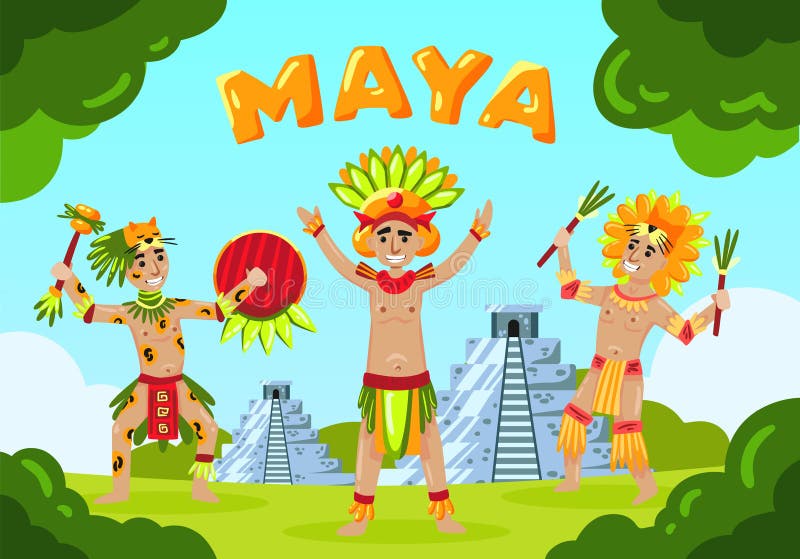
“Am I right in thinking of them as a montage of personae and sculptured images?” McLuhan was right, but he had only part of the story, for the influence he detected cut more ways than one: montage-the dialectical juxtaposition of images-was less one medium’s gift to another than a multimedia joint discovery. Evaluation: 4 brief in-class quizzes of 10% each term paper 50% class attendance and participation 10%ĭescription: “Your Cantos, I now judge, to be the first and only serious use of the great technical possibilities of the cinematograph,” wrote the media theorist Marshall McLuhan in a 1948 letter to the poet Ezra Pound. (All available at the Word bookstore, 469 Milton Street.) Hamilton, 2 nd Longmans edition, paperback His poetry is also important for the history of epic, for the history of the sublime in literature in the English language, and for the so-called “line of vision” therein: writers who claim some powers of special insight, such as Milton, Blake, Yeats, Eliot, and Wallace Stevens. He is one of the great fantasists, and would appeal much to anyone interested in such writings and their development. Yet allusions to and borrowings from this poet quite widely appear in twentieth-century literature too.

Knowledge of The Faerie Queene thus provides a highly valuable basis for any literary studies within that broad expanse of time. This course would especially complement study of early modern literature and culture, and particular writers of the period such as Shakespeare and Milton, but would also facilitate study of any literary periods in which Spenser strongly influenced writers, readers, and critics, as he did from around 1580 to 1900. While having major socio-political investments, this romantic epic is nonetheless a central exemplar of literary fantasy, romance, and allegory. Description: Spenser’s richly imaginative Faerie Queene is one of the single most widely influential texts in English literature, and constitutes a literary education in itself, since it critically surveys the resources of western culture–including literature, mythology, iconography, philosophy, and theology-up to its point.


 0 kommentar(er)
0 kommentar(er)
